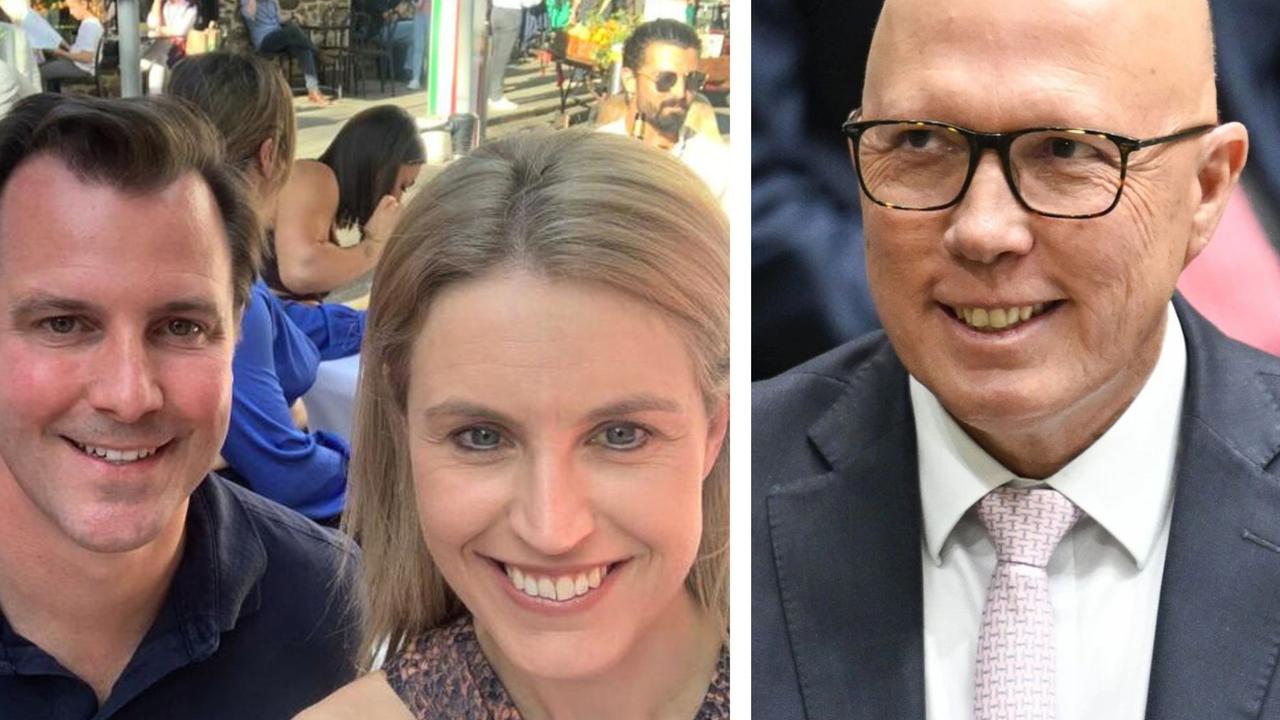War widows on legacy of loss and power of friendship
Raised in the shadow of war, this group of Australian women know the meaning of resilience and the power of friendship after tremendous loss.

NSW
Don't miss out on the headlines from NSW. Followed categories will be added to My News.
They lived with quiet men traumatised by war after surviving the hardships of the home front.
Now in their 70s, 80 and 90s, this group of women remain resilient as ever as they gather at Legacy House, their common bond loved ones lost after serving their country in conflict.
“Here we have something in common. We are all war widows,” says Jean Purser, 93, whose husband Douglas served in Korea. “Friendship and companionship are very important.”
“It’s like coming back with family; it’s the highlight of the year,” says Patricia Long, 92, whose husband Eric passed away 42 years ago after serving in Papua New Guinea.
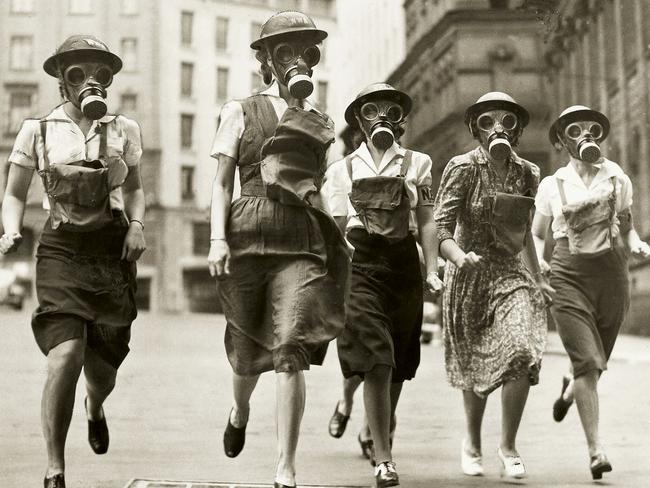
Most of the women say their husbands, who served in World War II, Korea, Borneo, Malaya and Papua New Guinea, rarely spoke about what they witnessed.
The women tend not to do so either, even though many have vivid memories of the unsettled times.
Ahead of Anzac Day, they shared some of their stories with The Daily Telegraph.
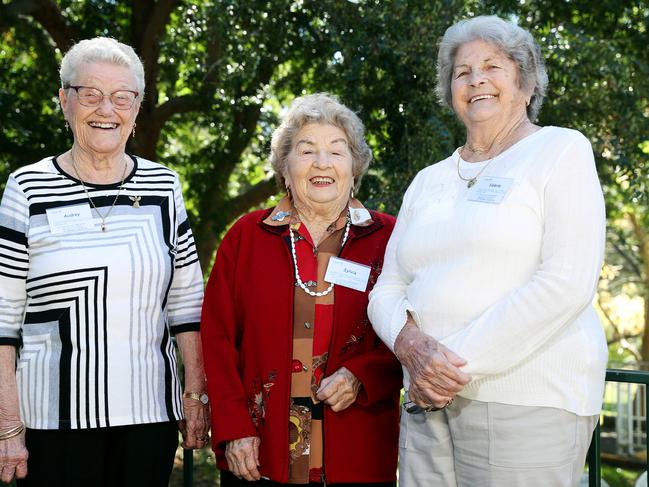

VALERIE SMITH
“I think it’s very sad you have to lose your husband to come here,” said Valerie Smith, 83, whose husband Allan died sixteen years ago.
Allan served in the Army in Borneo, including Tarakan, and never spoke about his experiences. The Borneo campaign was brutal, with nearly 900 Australian casualties and 225 deaths. It was the last major Allied campaign in the South West Pacific Area during World War II.
Mrs Smith remembers living in the country during the conflict where families were expected to make sacrifices and avoid luxuries and waste.

Rationing was enforced and eggs, sugar, butter and tea were limited. But as her parents were self-sufficient on their farm, “we were never hungry like a lot of families”.
“My father used to give his (ration) coupons to people in need. We were very, very lucky.”
“Life has changed so much, I probably shouldn’t say this but young people today think they do it very hard. They don’t know what tough was.
“They should have been around when my parents were here, that was tough.”
“We didn’t buy things unless we had the money to buy them and we worried about tomorrow. You went without until you could get it.”
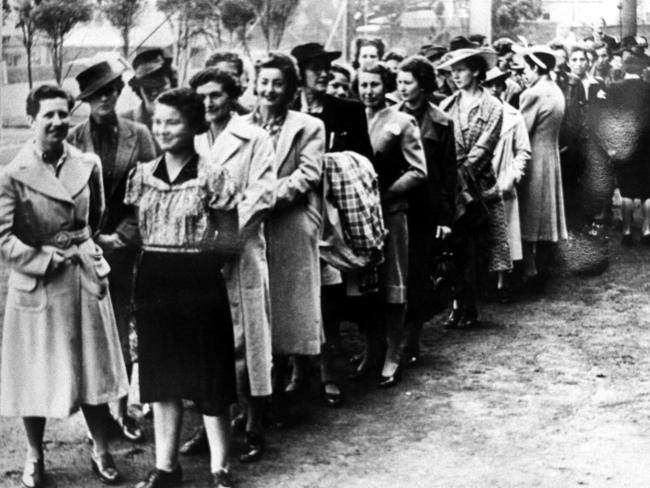
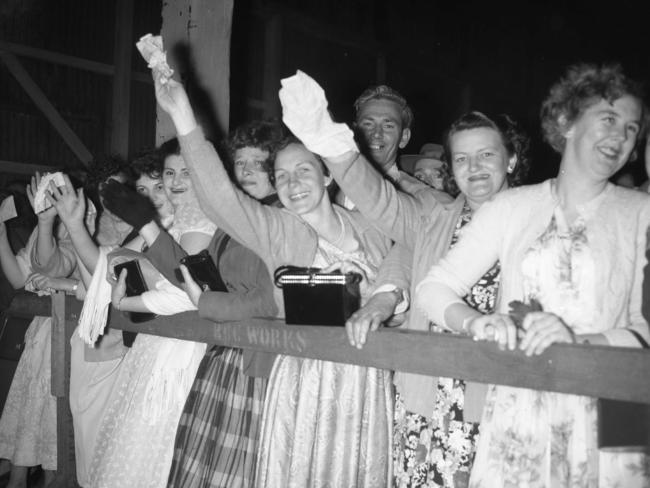
SYLVIA STOKES
“My husband (Stanley) passed away, he had a heart attack beside me in the car 12 years ago,” Sylvia Stokes said. “We were married for 52 and three-quarter years.”
Mrs Stokes can recall the Japanese sending a torpedo into Sydney Harbour on her sixth birthday in 1942 just as clearly as she remembers travelling to Malaya with her husband.
He was in the air force and she was one of the first cohort of wives to travel to the conflict.
This was a guerrilla style war fought between pro-independence fighters and the British Empire and Commonwealth. Thirty-nine Australian servicemen were killed in Malaya.
Her husband didn’t talk about what happened, but she knew he’d been through something terrible. “He was bashed and left for dead when he was over there.”

It was an eye-opening experience for the young wife at a dangerous time.
“The terrorists were still around and you couldn’t go into (certain) areas. I went into the markets one day and it was, “Go home you Australians!
“The person who took me in the rickshaw saw what was going on. On that day a terrorist was shot in the main street. That was a different sort of war.”
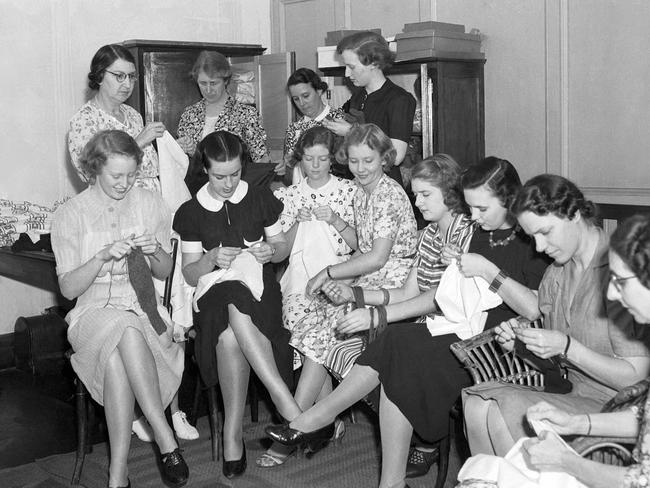

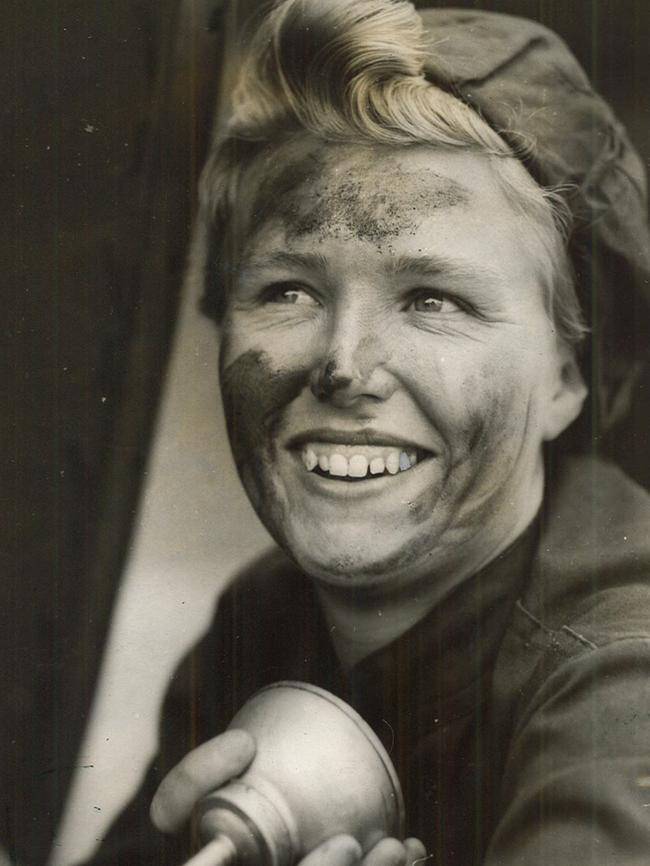
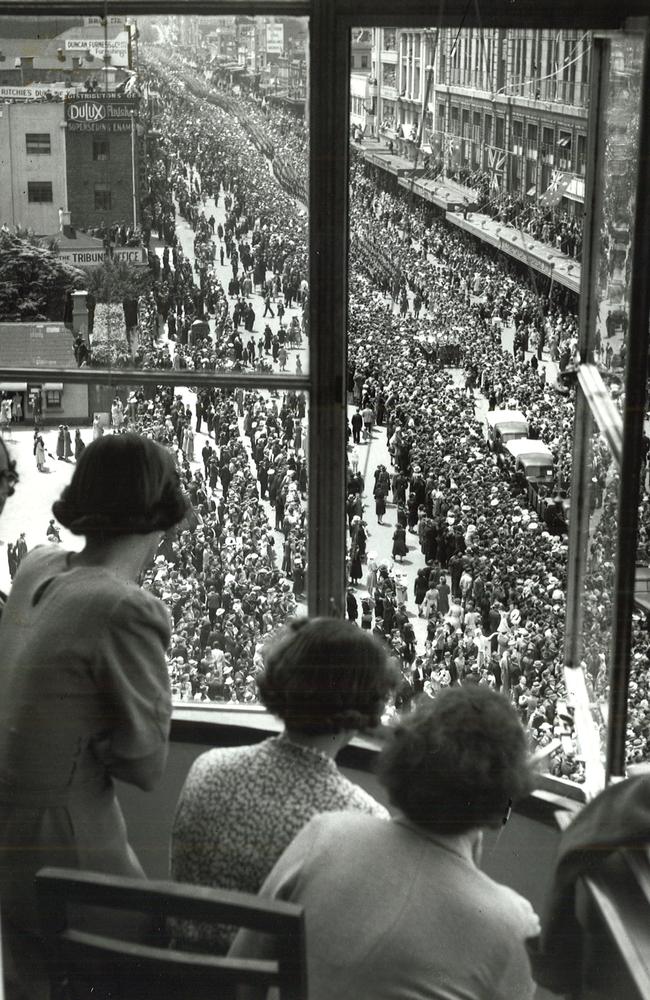
AUDREY CLARKE
Audrey Clarke, 83, lived with war in two continents. As a girl in England, she grew up in an orphanage during the London air raids and recalls taking refuge in the ‘dungeon’.
“I remember being dragged out of bed by an older girl and rushed down to the air raid shelters in the middle of the night and that’s where we slept,” she says.
Born out of wedlock, her childhood was tough. She said she was never educated and when she was sent to another orphanage in Rockhampton in 1951, she was put in charge of small boys. She had no idea how to care for: “I had to learn how to bath them”.
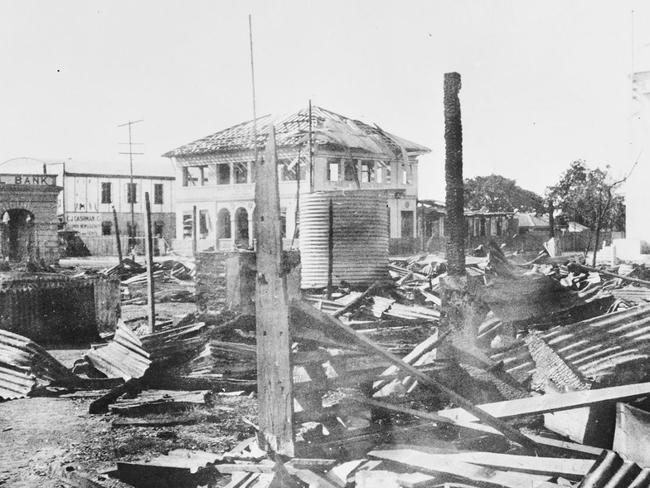
Eventually, she asked to move to Sydney, got a job at the Mater Hospital and met an “army bloke” who was a few years older.
Geoffrey had served in Darwin during the bombing in 1942 but she only discovered that late into their 30-year-marriage
He died in 1982 having never really spoken about his experiences, but they played out in terrifying dreams.
“One night we were in bed, he pushed me and he said get under the bed, the Japs are coming,” Mrs Clarke said.
Growing up in the shadow of war, Mrs Clarke raised three boys whom she remains close to, and says she learned to be resilient.
“You’ve got to stay strong, I often think I hope nobody’s going through what I’ve been through.”
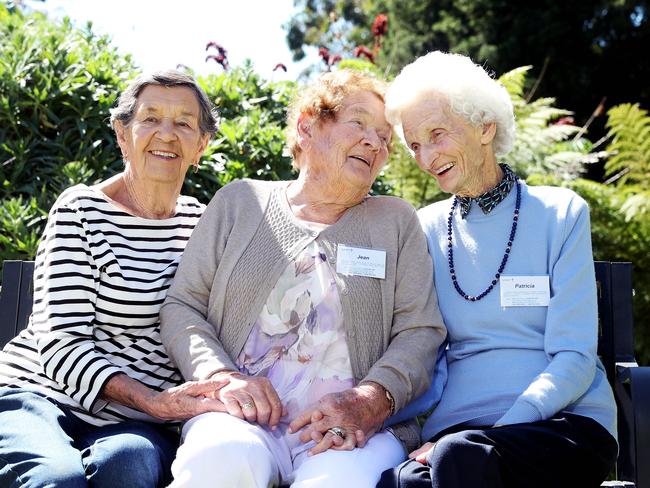
JEAN PURSER
Mrs Purser’s husband Douglas was in the navy during the Korean War, which commenced just five years after World War II.
She said being married to a military man meant you got used to being on your own.
Even if after they tied the knot, the war in which over 17 000 Australians served, was over.
“It’s not very nice, I mean we were married for three months and he went away for 12 months,” she says. “It’s lonely when they go and I mean, you worry.”
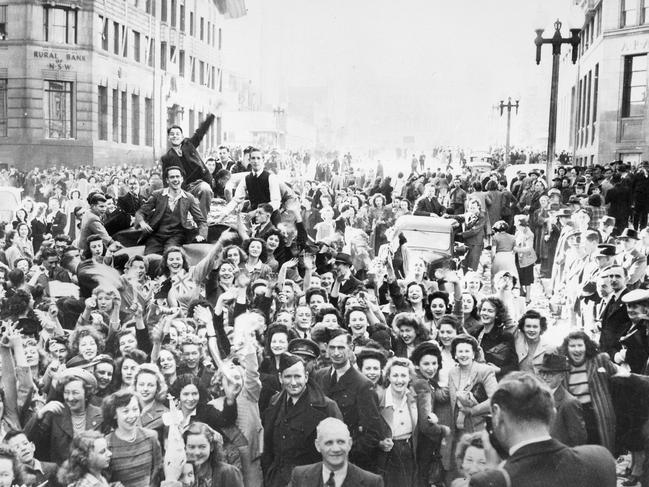
LEGACY HOUSE
Founded in 1946 exclusively for war widows, Legacy House hosts 340 widows and 70 children each year.
The Moss Vale home is run by Nicky Cormie, while Mandi Adams helps coordinates activities and day trips.
The only rule is the women have to make their own beds. The rest is taken care of.
For most, this is the only holiday they have all year.

It’s also where the bonds of friendship were formed for this group of war widows.
During her regular stays at Moss Vale’s Legacy House, May Deloraine, 97, is up every morning before the sun to put the kettle on for her fellow residents.
It’s just one of the traditions among the group of war widows who holiday at Legacy House.
Adds Noreen Stevens: “We all enjoy one another and since there are no men around to talk to we are quite happy. But I do miss my husband Charles. But I would never find another one.”
At 4pm, 92-year-old Mavis Melville has convinced the group to indulge in the three Bs — Beer and Bold and the Beautiful.
“I‘ve been doing it for 70 years,” she tells The Daily Telegraph. “I‘m not sick and the only tablets I’m on are for my blood pressure.
“People say ‘How do you do it?’ and I say, ‘You need a good beer’. It’s the yeast in the beer that does it.”

At night, the ladies will repay May’s kindness and rub her feet and legs before bed.
To these ladies, Legacy House is both a holiday home and a salve in the Southern Highlands.
“It’s like coming back with family; it’s the highlight of the year,” says Patricia Long, 92, whose husband Eric passed away 42 years ago after serving in Papua New Guinea.
“We are all a great group. We have our different ideas, but we mix well together. We haven’t had any arguments.”
Adds Noreen Stevens: “We all enjoy one another and since there are no men around to talk to we are quite happy. But I do miss my husband Charles. But I would never find another one.”
For information on Legacy House or the charity visit: legacy.com.au
More Coverage
Originally published as War widows on legacy of loss and power of friendship





